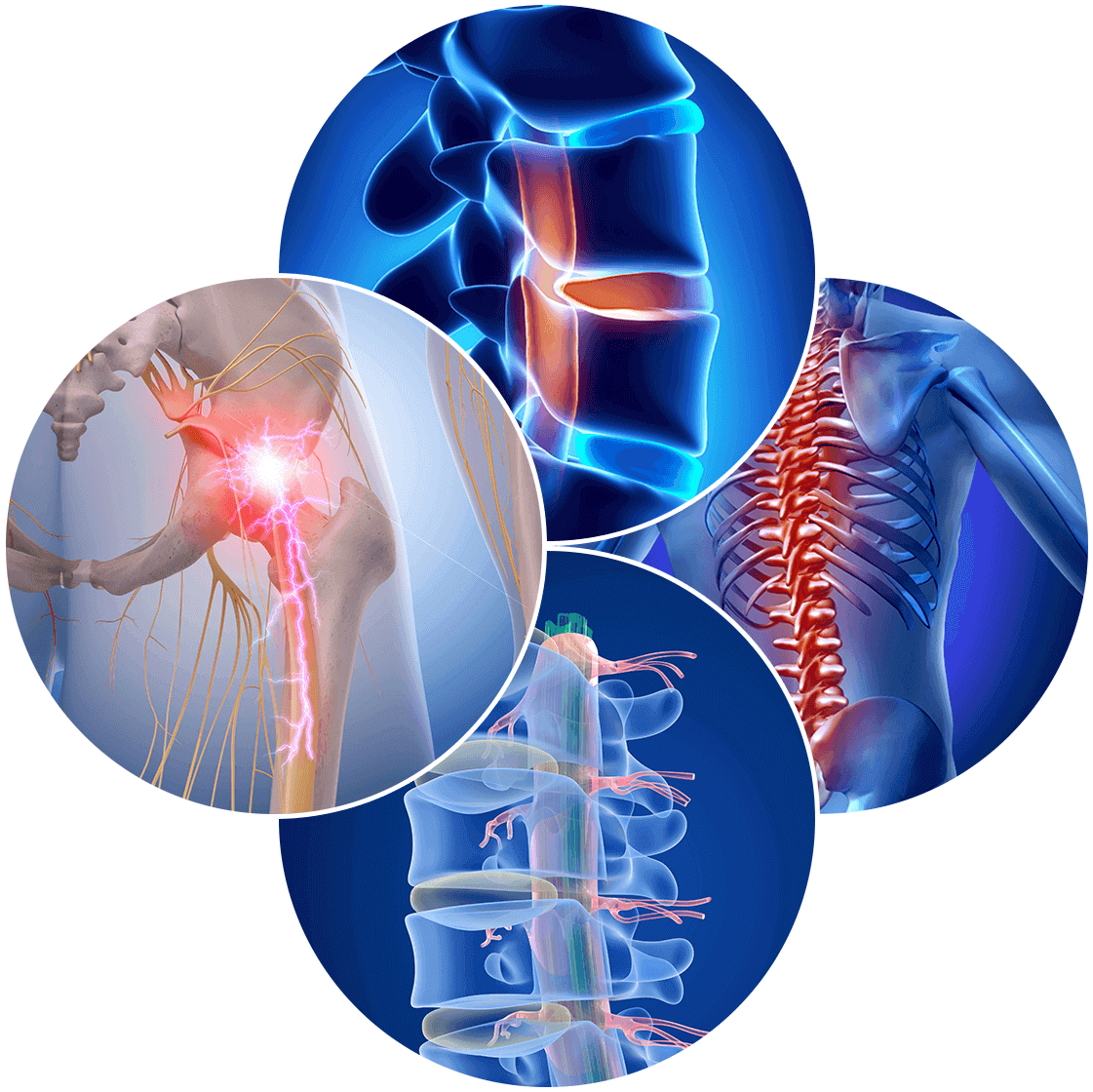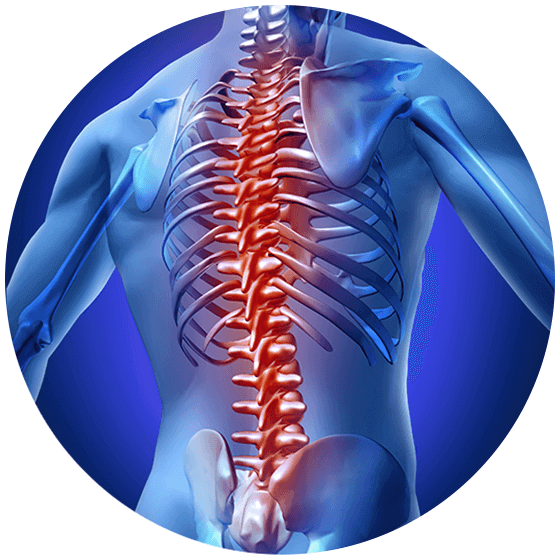Microdiscectomy

Microdiscectomy: Overview, Advantages, & Eligibility Criteria
The experience of suffering a bulging or herniated disc is a common one, especially among older adults. These damaged discs can press on adjacent nerves, causing debilitating pain or other distressing symptoms. A minimally invasive microdiscectomy is a state-of-the-art procedure that successfully eliminates these symptoms with minimal postoperative pain.
During a microdiscectomy, your surgeon will make a 1-2 inch incision on your back above the affected disc. Using specialized equipment including endoscopic tubes and a high-resolution microscope, your surgeon will gain access to the affected vertebrae. These miniature tools allow your surgeon to access the spine with the least amount of damage to surrounding tissues. Instead of cutting through the strong muscles and ligaments of your back, your surgeon will gently lift these tissues off of the spine. Subsequently, retractors will hold these structures in place for the duration of the procedure.
Once your surgeon reaches the affected vertebra, he or she may also remove a portion of the lamina. Removing this bony covering on the backside of the vertebrae provides your surgeon with better access to the affected disc. Your surgeon may also deem it necessary to remove a portion of the facet joint or foramina. Widening these passageways can relieve any nerve pressure that has built up as a result of constrictions in these structures. (Removing the lamina is known as a laminectomy; and widening the foramina is called a foraminotomy.)
Your surgeon will then remove the bulging or herniated portion of the damaged disc. Through the use of small tubes and instruments, your surgeon can leave a majority of the undamaged portion intact. The muscles will then be returned to their original locations, and the incision will be closed using steristrips or other minimally invasive options.
Whereas traditional discectomies required large incisions, widespread damage to surrounding muscles and supportive tissues, and long, painful recoveries, the benefits of a microdiscectomy are clear:
Smaller incisions allow for less blood loss or external scarring and smaller risks for infection
Endoscopic and microscopic tools allow for less disruption to internal tissues
Less internal scarring reduces the risk of suffering a pinched nerve during the healing process
Many patients return home within several hours of this same-day procedure
This procedure boasts quicker recovery times with many patients up and walking after surgery
Minimally invasive methods allow for a speedier return to your everyday activities or exercise
Advantages of a Microdiscectomy
Advances in minimally invasive endoscopic and microscopic techniques have led to more successful procedures with longer lasting results. Our surgical team at the Advanced Spine Center of New Jersey has years of training and expertise in performing the most up-to-date and specialized surgical procedures. Adept in the technique of the minimally invasive microdiscectomy, our board certified surgeons will work closely with you to develop a personalized recovery plan that resolves your disc pain.
Eligibility Requirements for a Microdiscectomy
If you are experiencing localized nerve pain, radiculopathy, or radiating pain that travels down the arms or legs, or if your nerve pain is accompanied by sensations of tingling, heat, or pins-and-needles prickling, then a microdiscectomy may be an effective treatment to address your degenerated disc. Your doctor may prescribe a CT or MRI scan to confirm that a damaged intervertebral is causing your pain. From there, depending upon the severity of your situation, your doctor will prescribe a course of conservative therapy before recommending surgical interventions, such as a microdiscectomy.
There are few conditions that may disqualify an individual from receiving a microdiscectomy, however: If you have severe instability in your vertebrae, an infection near the proposed surgical site, or another serious medical condition, then a microdiscectomy might not be the best treatment for you. Working with a qualified physician to assess your condition is the only way to know for certain if your medical needs meet the criteria for surgery. To learn more about your options for treatment, contact one of our patient advocates at 973-791-4101.

